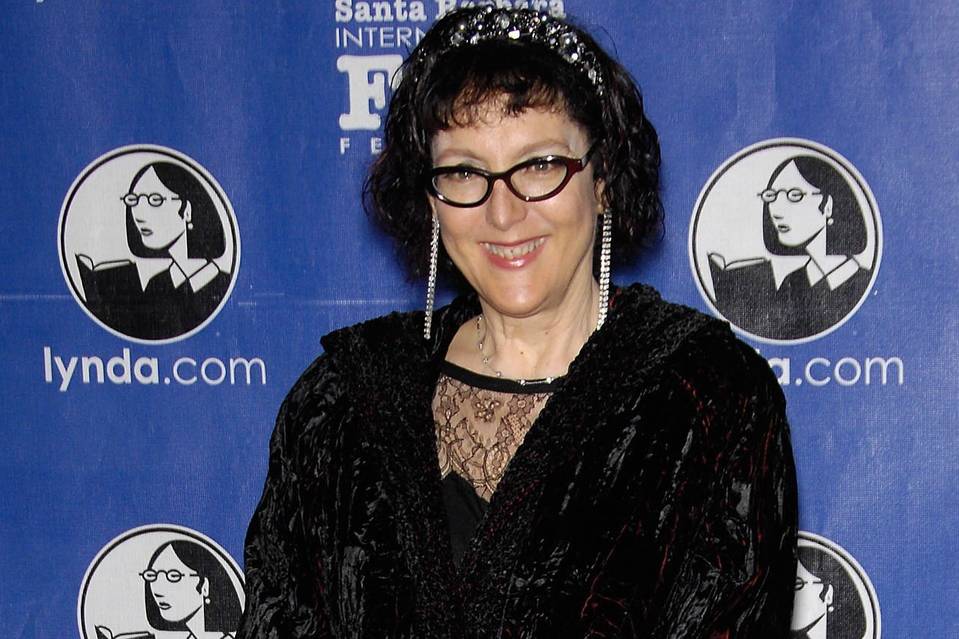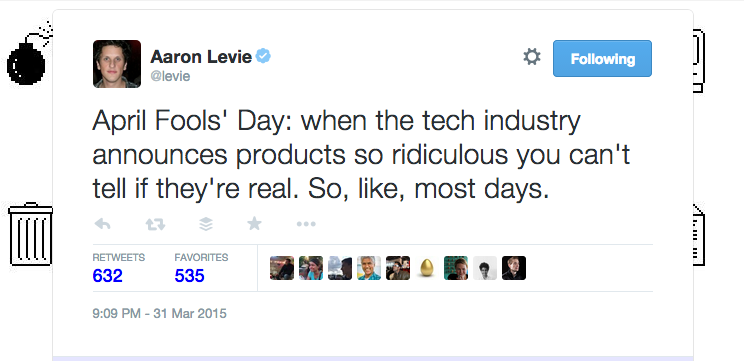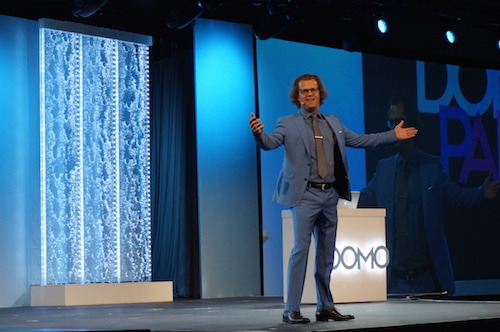 You may have noticed LinkedIn recently made its largest acquisition so far, of Lynda.com for $1.5 billion. If you haven’t heard of Lynda.com, it’s a SaaS / subscription service for training and e-learning. One thing to note is who its co-founder is: Lynda Weinman. The Wall Street Journal called her “the mother of the Internet.” The company was also named after her, Lynda.com, Inc. They spent good money buy “Lynda.com” as their URL.
You may have noticed LinkedIn recently made its largest acquisition so far, of Lynda.com for $1.5 billion. If you haven’t heard of Lynda.com, it’s a SaaS / subscription service for training and e-learning. One thing to note is who its co-founder is: Lynda Weinman. The Wall Street Journal called her “the mother of the Internet.” The company was also named after her, Lynda.com, Inc. They spent good money buy “Lynda.com” as their URL.
Why?
I don’t think it was ego. It’s just good business.
What it is — is the Cult of You.
And in the enterprise, in SaaS, you should think of building one. Even if it’s not natural for you.
In B2C, the cult is usually about the application, the object. Love Spotify? (That is closing a round at $8 billion!) Of course you do. But you’d have to be a tech insider to have any idea who the CEO is. Ditto Pandora. Snapchat? There’s no cult of Evan, that’s for sure. It’s Snapchat the app the kids love this days.
But SaaS and the enterprise are different. Let’s be clear — SaaS and business apps are boooooring. Valuable, yes. Profound, sometimes. But … boooooring.
 Training videos? Valuable … but boring. CRM? Critical … but boooring. Enterprise content collaboration? What is that? Booooring.
Training videos? Valuable … but boring. CRM? Critical … but boooring. Enterprise content collaboration? What is that? Booooring.
But interestingly — we define the most interesting true enterprise / SaaS apps not so much by the product, but often by the CEO.
- Marc Benioff? Living our dream. 10 trillion upvotes on anything he says. Super interesting. But SFA? Snooze-fest.
- Aaron Levie? The King of Twitter. He’s very interesting. Files for the enterprise in the cloud to enable content collaboration? Huh? Sorry, I almost fell asleep at my keyboard.
- Domopalooza and Josh James? I mean, no one even has any idea what Domo does. But Josh James — pretty interesting CEO for enterprise software, at least.
- Larry Ellison. Say what you will about Larry Ellison. But while I’m guessing only 10% of people reading this have ever knowingly used the front-end of an Oracle product (outside of applications powered by Oracle databases, etc.) … we all sure know “Oracle” (more or less), even in the Age of SaaS. Thanks to the Cult of Ironman, er, Larry. Maybe this is an anti-cult. But it’s still real and powerful.
- Lynda.com … you see the pattern.
Now, the more freemium you get, the less important I’d suggest this is. Drew Houston can put DropBox ahead of the Cult of Drew. Slack is probably in the middle. But Stewart Butterfield is clearly doing a bit of this, somewhere between the Cult of Slack and a bit of the Cult of Butterfield:
And it’s also clearly not strictly necessary. There are many paths to success. I don’t think there a huge cult of Aneel Bhusri outside of Workday, its partners and ecosystem (though inside it there clearly is). And that’s the #2 best performing SaaS company / IPO behind Salesforce.
But building a Cult of You clearly has a number of benefits in the enterprise:
- Attracts capital and talent. People want to work for, and invest in, outsized personalities in the enterprise.
- Better/Easier PR. It’s much easier to get PR in SaaS than a few years ago, but still, having a great CEO makes an easier story than say, trying to get TechCrunch to write about the fact that your application just added a Netsuite integration.
- Makes partnerships easier. Partners want to work with the leaders. When it’s not clear who the leaders are yet, the ones with the most attention get the meeting more easily.
- Helps you break out. When you’re in a crowded space, the CEO with the most attention can get more of the above — more partners, more capital, more talent. Even when you’re all sort of the same size.
- Gives the customers another reason to believe. This is important. When enterprise customers buy, they don’t just buy for the product of today. They buy for all the innovations and improvements to come over the next 3, 4 and 5+ years. When they “know” the CEO (even just through the media, or indirectly) … it makes it easier for them to buy into this journey. That’s why you have to get on the road and meet with your top customers. But also having a Cult of You gives you air cover when you can’t get on the road, and/or can only meet them in groups.
 So my suggestion is just this: Don’t be inauthentic. Don’t force anything. That never works.
So my suggestion is just this: Don’t be inauthentic. Don’t force anything. That never works.
But even if you’re a bit introverted, even if you don’t exactly love going on stage, even if blogging and tweeting aren’t your thing, etc. … try to find one piece of a public / customer persona that you feel comfortable dialing up to 11. And then just do a lot more of that to get going.
It’s OK to start slowly. It took Lynda.com 20 years to get to its unicorn exit. 20 years! But over time, building a Cult of You can pay big dividends when you sell a relatively boring product to businesses.

